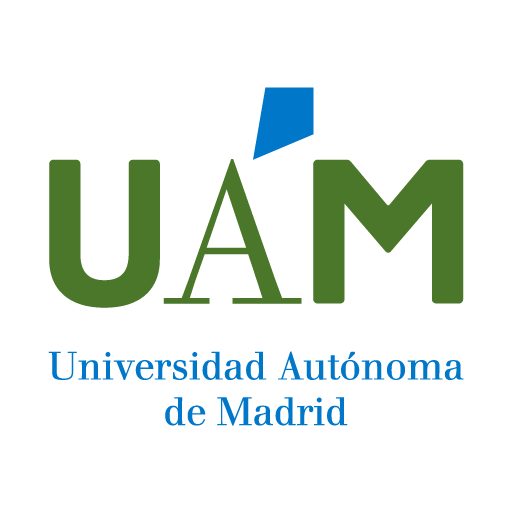
Indexed in
License and use

Grant support
This study was funded by the Intercept Pharma collaboration, International Investigator Research Project 16034.
Analysis of institutional authors
Herranz Pinto, PedroAuthorPsoriasis and Liver Damage in HIV-Infected Patients
Publicated to:Cells. 10 (5): 1099- - 2021-05-01 10(5), DOI: 10.3390/cells10051099
Authors: Busca Arenzana, Carmen; Quintana Castanedo, Lucia; Chiloeches Fernandez, Clara; Nieto Rodriguez, Daniel; Herranz Pinto, Pedro; Delgado Hierro, Ana Belen; Olveira Martin, Antonio; Montes Ramirez, Maria Luisa
Affiliations
Abstract
Background/objectives: Psoriasis is the most frequent skin disease in HIV-infected patients. Nonalcohol fatty liver disease (NAFLD) is more prevalent in patients with psoriasis. We report the prevalence of psoriasis and NAFLD and investigate risk factors of liver damage in HIV-infected patients with psoriasis. Methods: We performed a retrospective observational study. Steatosis was defined as indicative abdominal ultrasound findings, CAP (controlled attenuated parameter by transient elastography) > 238 dB/m, and/or triglyceride and glucose index (TyG) > 8.38. Significant (fibrosis >= 2) and advanced liver fibrosis (fibrosis 10 and/or psoriatic arthritis) in 27.5% of cases. The prevalence of steatosis was 72.5% (95% CI, 65-85). Severe psoriasis was an independent risk factor for steatosis (OR, 12; 95% CI, 1.2-120; p = 0.03). Significant liver fibrosis (p < 0.05) was associated with HCV coinfection (OR 3.4; 95% CI, 1.1-10.6), total CD4 (OR 0.99; 95% CI, 0.99-1), and time of efavirenz exposure (OR 1.2; 95% CI, 1.0-1.3). Conclusions: The prevalence of psoriasis in HIV-infected patients was similar to that of the general population. Steatosis is highly prevalent, and severe psoriasis is an independent risk factor for steatosis in HIV-infected patients.
Keywords
Quality index
Bibliometric impact. Analysis of the contribution and dissemination channel
The work has been published in the journal Cells due to its progression and the good impact it has achieved in recent years, according to the agency Scopus (SJR), it has become a reference in its field. In the year of publication of the work, 2021, it was in position , thus managing to position itself as a Q1 (Primer Cuartil), in the category Biochemistry, Genetics and Molecular Biology (Miscellaneous).
Independientemente del impacto esperado determinado por el canal de difusión, es importante destacar el impacto real observado de la propia aportación.
Según las diferentes agencias de indexación, el número de citas acumuladas por esta publicación hasta la fecha 2025-06-22:
- Google Scholar: 1
- WoS: 1
- Scopus: 2
- Europe PMC: 1
- OpenCitations: 1



